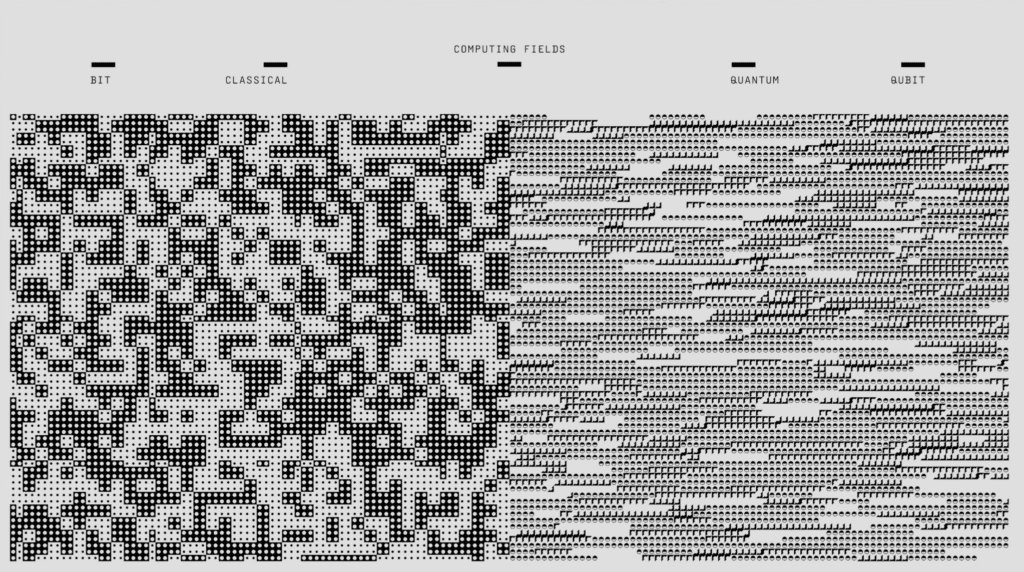Non-fungible tokens – or “NFTs” – are taking the internet by storm, as this previously obscure technology starts to be leveraged by companies and individuals alike to connect with customers and extract value from digital assets from digital artworks to web-based apparel. When it comes to intellectual property, NFTs are an interesting – and largely, misunderstood – concept, and questions abound as to what value NFTs bring to the table, what ownership looks like, and whether NFT-related innovations can be protected with intellectual rights – and if so, what that protection looks like, among other inquires.
An NFT is a unique cryptographic asset linked to an object. It uses blockchain technology to record ownership and validate authenticity. Everyone from Elon Musk and Lindsay Lohan to companies like The Fabricant, which made an iridescent NFT dress that can be superimposed on an image of the buyer seems to be getting involved, with recent high-profile NFT examples including the world’s first-ever tweet and the new Kings of Leon album. Despite the recent surge in popularity, NFTs are not a new concept — they have been used in gaming for many years. For years, Cryptokitties, for example, have enabled players to breed collectable digital cats using NFTs. They can also be used in gaming environments to represent in-game assets that can be controlled by the user instead of the developer.
While the world figures out exactly how to make widespread use of NFTs, their future potential is somewhat unclear. However, innovators are undoubtedly thinking about how these cryptographic assets could be used to solve technical problems. It seems likely that there is a rich vein of possible applications in any field where access to an object, physical or virtual, is key. Since we now live in a service-driven world where ownership of goods is not necessarily as important as flexibility, it seems that there are potential applications of NFTs in fields such as Battery as a Service, Software as a Service, and Mobility as a Service, where access to an asset – rather than ownership of an asset – is the key revenue generator. NFTs provide a way by which proof can be provided of a customer’s right to access the asset at a specific time and place, and the storage of the NFT on the blockchain can be used to enable that asset while benefitting from the associated immutability and security.
It also seems that there are potential applications in fields such as watermarking, where an NFT could be used to verify the authenticity of a piece of data, as well as steganography, where an NFT could be used to hide a piece of information inside another piece of information. However, as will become clear below, NFTs should not be confused with inherent confirmation of the authenticity of goods, themselves. (NFTs on their own cannot match a creator or owner of an NFT to a real person in the physical world, and they cannot validate that the creator of the NFT has the underlying rights to tie that NFT to any specific creative work.)
With the foregoing in mind, there are a few questions to consider when thinking about protecting NFTs. They include (but are not limited to) …
Can you patent an innovation that utilizes an NFT? If you are innovating using NFTs, it may be possible to obtain a patent, providing that your innovation solves a technical problem. The patent system provides a very broad interpretation of “technical problem,” but the software-leaning nature of NFTs means that more care will be needed when patenting innovations that utilize NFTs than those based on physical sciences.
It will be important to clearly define how the NFT assists in the solution of the technical problem, whether it be connected to blockchain, watermarking or some other field. It should be said, however, that solutions to problems that can appear to be non-technical are often motivated by technical considerations and it would be wise to consider patent protection for these too. Often, commercial and business problems may well be solved using technical means, so overlooking patent protection for these solutions can deprive your business of a key intellectual property right that can add to the value of your business.
Can an NFT guarantee the authenticity of a product? The potential for blockchain to solve counterfeiting has been much discussed, but unfortunately NFTs do little to assist. While NFTs can authenticate the work and the chain of title, the issue remains that if the original entry on the ledger is false or contains errors, NFTs will simply confirm and perpetuate this falsity. While some platforms are working to address this, it is easy to see how the system could be abused. Great caution is advised until safety checks are fool-proof and consumer understanding is improved.
Can an NFT transfer copyright? The quick answer is “yes,” but the process is not automatic. It is important to make the distinction between ownership of the NFT and ownership of the content and/or the intellectual property rights therein. NFTs have associated “smart contracts,” which effectively govern how they can be used and the rights granted to the owner. The rights granted by an NFT depend on that contract and could vary with every token.
As with all copyright assignments, ownership will only transfer if expressly provided for and agreed to by the author of the original work. In the absence of such express terms, ownership of an NFT will not grant ownership of the digital asset, the underlying content or any associated intellectual property rights. As such, unless otherwise agreed upon, the NFT owner cannot reproduce, make derivative works of, perform, display or distribute copies of the content. These activities remain the exclusive domain of the owner of the copyright.
There is already a considerable divergence in the rights and terms being granted to NFT owners. Some licenses, for instance, grant the owner of a non-exclusive “moment” the rights “to use, copy, and display” the moment solely for “personal, non-commercial use,” “as part of a marketplace,” or “as part of a third-party website or application,” The CryptoKitties license is more generous and allows NFT owners to make commercial use of their kitties, so long as the use doesn’t result in earning more than $100,000 in gross revenue each year.
Meanwhile, the license governing the Kings of Leon album states that the NFT owner has a right to display the art and included merchandise for as long as the buyer owns the NFT, but only for personal purposes. Use – such as in third-party products or within movies and other media – is expressly prohibited. This works in a similar way to the inherent license granted by most music download purchases.
Can NFTs themselves be protected with intellectual property rights? As with cryptocurrencies, if NFT creators decide to give proprietary names to their own tokens, these may be protectable as trademarks. And in the UK, it has recently become possible to protect graphic marks such as a graphic file. This may make it possible to protect any representation of NFTs. A visual representation of NFTs may help to improve consumer awareness, understanding and trust.
Dr. Terence Broderick is a patent attorney at UDL Intellectual Property. Alison Cole is a senior trademark attorney at UDL Intellectual Property.











